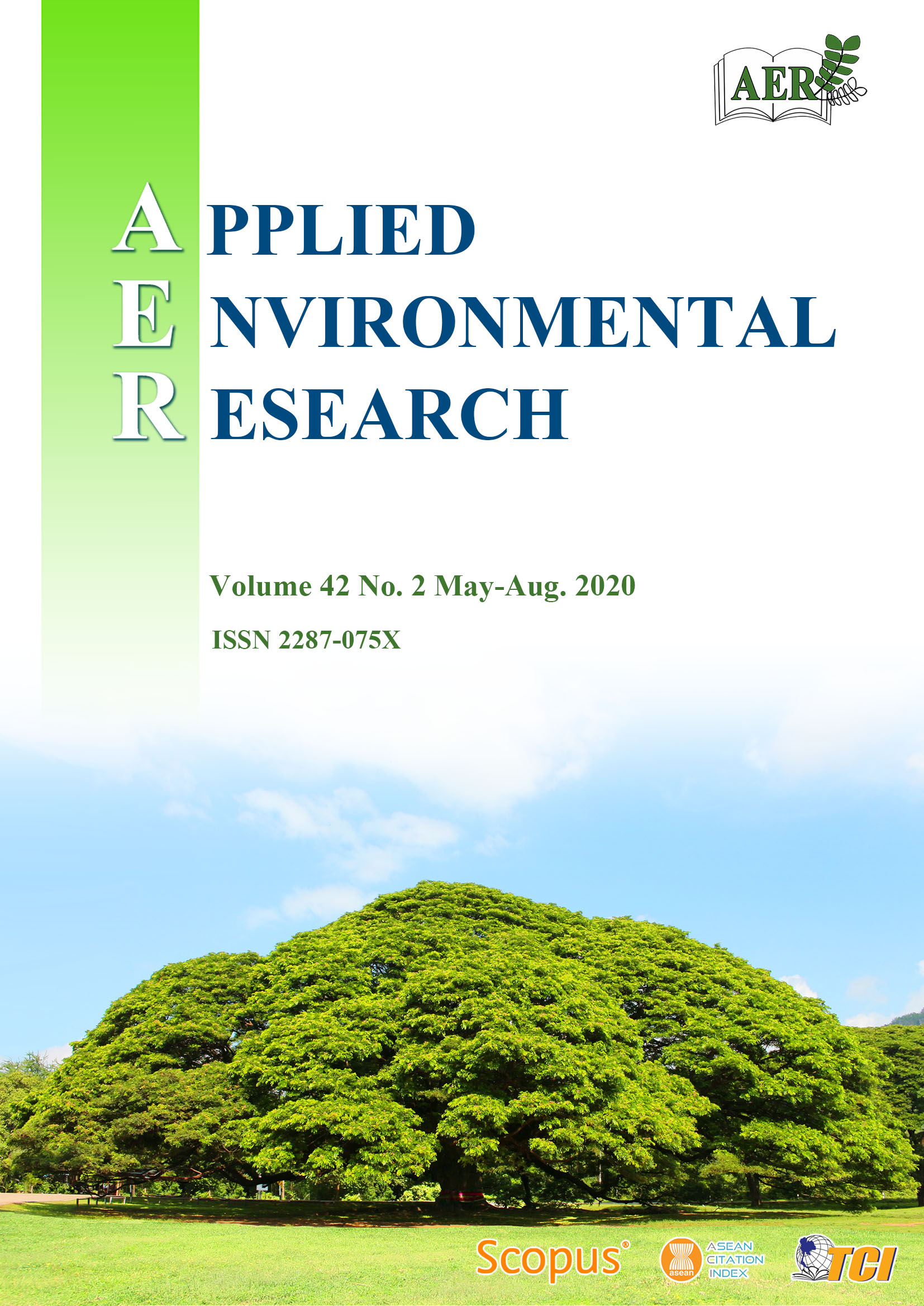Sustainable Floating Vegetation Linking Cultural Identity of the Intha Farmers Responding to Deforestation on Upland Catchment
Main Article Content
Abstract
Erosion loads and soil sediment characteristics from the deforestation of the Kalaw catchment causes shallow water level and reduced plant nutrients in the Inle Lake aquatic ecosystems. This research aimed to address the effect of soil sediment changes both loads and quality on the practices of floating vegetation which is part of the cultural identity of Intha community. Soil sediment quality data and GIS maps were gathered from government departments and they were used to estimate the topsoil loss and household questionnaire survey were conducted in six Intha communities to evaluate the adverse impacts on Intha livelihoods. The soil sediment loads to the Lake’s littoral zone due to the forest cover depletion was 80,584 tons per year and their characteristics and large quantity were found affected to process of floating vegetation by using chemical fertilizers and pesticides. All respondents (n = 282) agreed that they were concerned with the adverse effects and impacts from changes in soil sediment that it had a negative impact and it was an impediment to achieving sustainable livelihoods. An Integrated Lake Ecoregion Management Plan including a livelihood development plan are required for implementation by central government so that conservation measures proposed in this research can address environmental, social and economic issues affecting the Inle lake ecoregion. Buffer zone management should be implemented by local government in order to control high sediment loads in the lake and its flood plain area. The results provided evidence that support the improvement of ecoregion including the Intha livelihoods as a criterion for the Inle aquatic ecoregion for the sustainable management.
Article Details

This work is licensed under a Creative Commons Attribution-NonCommercial 4.0 International License.
Published articles are under the copyright of the Applied Environmental Research effective when the article is accepted for publication thus granting Applied Environmental Research all rights for the work so that both parties may be protected from the consequences of unauthorized use. Partially or totally publication of an article elsewhere is possible only after the consent from the editors.

